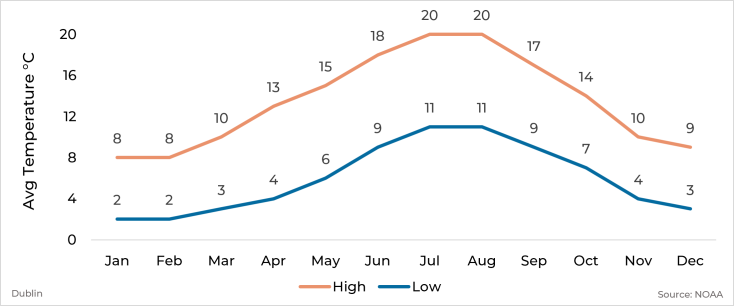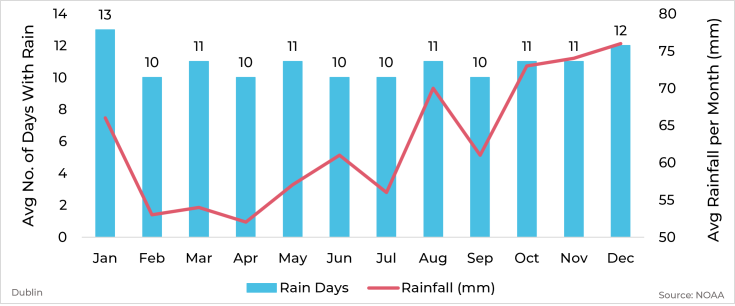Like a properly poured Guinness, this diminutive country flung out in the Atlantic, on Europe’s most western edge, is best enjoyed slowly. This way you can really appreciate the Celtic notes of its traditional music, the lilt of the Irish accent and the intricacies of the sparsely populated countryside. With its undulating bogs and sheep-flecked green fields that are bisected by a patchwork of uneven stone walls. Slate stone lakes are framed by steep-sided misty valleys and mountain peaks. Or the rugged, harsh yet beautiful coastline that conceals scalloped bays and sandy beaches. The people are friendly and welcoming and ones sure to have some “craic” on any visit to the unique isle.
Top Recommendations
- Sample the many pubs of Dublin and take a tour of the Guinness factory
- Discover Galway on the west coast
- Road trip around the Ring of Kerry
- Catch a sunset at the Cliffs of Moher
- Try and split the G during St Patricks Day celebrations
When to Visit
With 4 distinct seasons – the best time to visit is during the spring and summer months. Spring runs from March to May, Summer from June to August, Autumn from September to November and Winter from December to February. However, even during the warmer months, the weather can still be unpredictable with 4 seasons possible in one day. If you’re wanting to experience a true taste of Ireland, planning a visit around St Patricks Day, which occurs on the 17th of March every year isn’t to be missed.
Average monthly high and low temperatures, plus average monthly rainfall and days with rain can be seen below for Dublin.


